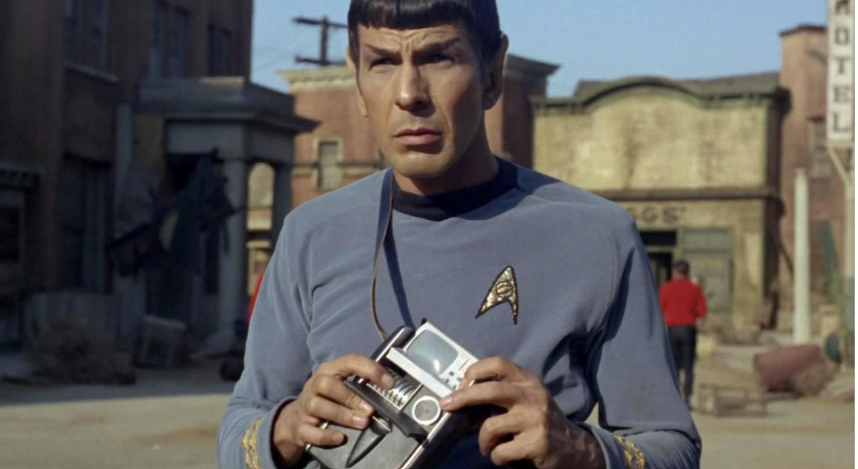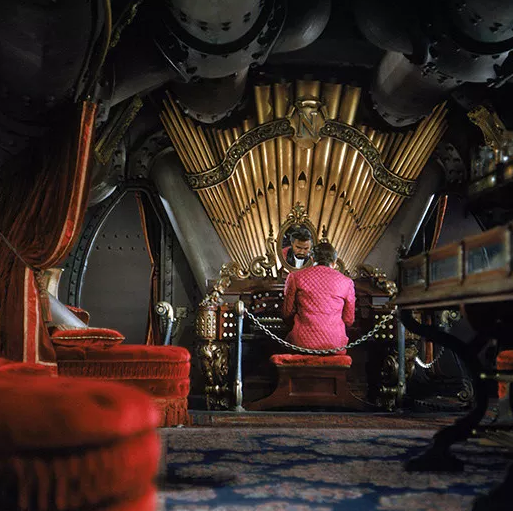From Fantasy to Reality: Sci-Fi’s Contribution to Science
Science fiction stories are imagination-infused laboratories, where it is safe to explore what appears to be impossible.
In some cases, these impossible ideas are tried and tested until they become possible, and we find ourselves in the “real world” laboratory of science. This happens more often than you might think, and with fantastic results.

1. The Flip Phone
The flip phone was inspired by flip communicators used by characters on Star Trek when they needed to hail the Enterprise from the surface of a strange new planet.
2. The Submarine
American inventor Simon Lake, whose designs helped create early submarines, developed a lifelong interest in undersea exploration after reading Twenty Thousand Leagues Under the Sea. In this classic tale, Jules Verne had imagined a great underwater ship – a submarine powered by electricity and containing a grand ballroom with a towering organ played by the maniacal Captain Nemo. Sadly, newer versions don’t contain built-in musical instruments, but the submarines have still proven quite useful!
3. The Liquid Fueled Rocket
After Robert H. Goddard read H.G. Wells’ classic The War of the Worlds, which he recalled, “gripped my imagination tremendously,” he went on to create the world’s first liquid fueled rocket in 1926, and his research became the foundation for all modern rocketry to follow.
And Many More!
There are many more examples: the hoverboard, tablets, robots, the defibrillator, the helicopter, the smart watch…
Imaginative stories provide powerful fuel for thinking beyond what we know. With a creative nudge from science fiction, science can live long, think wildly, and prosper.
We have loved sharing our geek side with you this May 4th weekend. On the last day of our May the Fourth matching opportunity, help us bring the science you know and love to life by donating today. Be a force for good when you support science education at Chabot.






